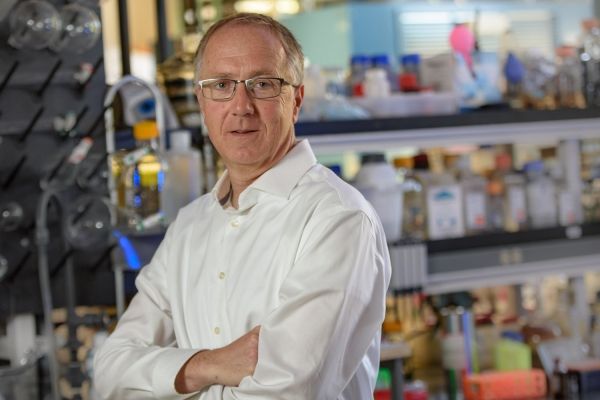In the first ten years of their lives, kids born with Fanconi anemia lose the ability to make blood cells and need bone marrow transplants to survive. And although the transplant cures the bone marrow failure, people remain at greatly increased risk of cancer and rarely live past their 20s.
Unfortunately, there are no drugs to treat the underlying cause of Fanconi anemia, thought to be DNA mutations induced by molecules called aldehydes inside cells.
Part of the problem in developing a cure comes down to an inability to measure aldehydes in the blood. But that might be about to change, thanks to an interdisciplinary collaboration aided by a grant from Stanford ChEM-H.
“If we had a drug and we were doing clinical testing, we would love to be able to say, ‘here’s your aldehyde level before you started the drug, and here are the aldehyde levels in your blood cells after you started the drug,’” said Kenneth Weinberg, a professor of pediatric hematology and oncology.
If successful, such a test could help in developing a treatment to stop the aldehyde-induced DNA damage in people with Fanconi anemia and also help millions who are at risk of aldehyde-related cancers because of common genetic mutations or industrial exposure.
Read more at Stanford University
Image: Eric Kool, a professor of chemistry, and colleagues are developing a test for aldehydes in the blood. CREDIT: L.A. Cicero


